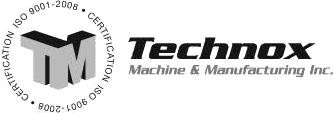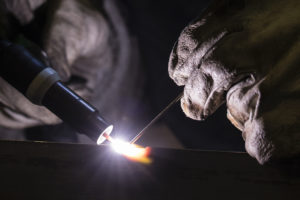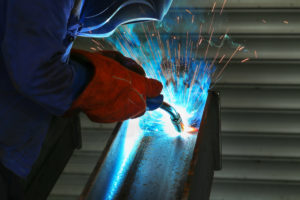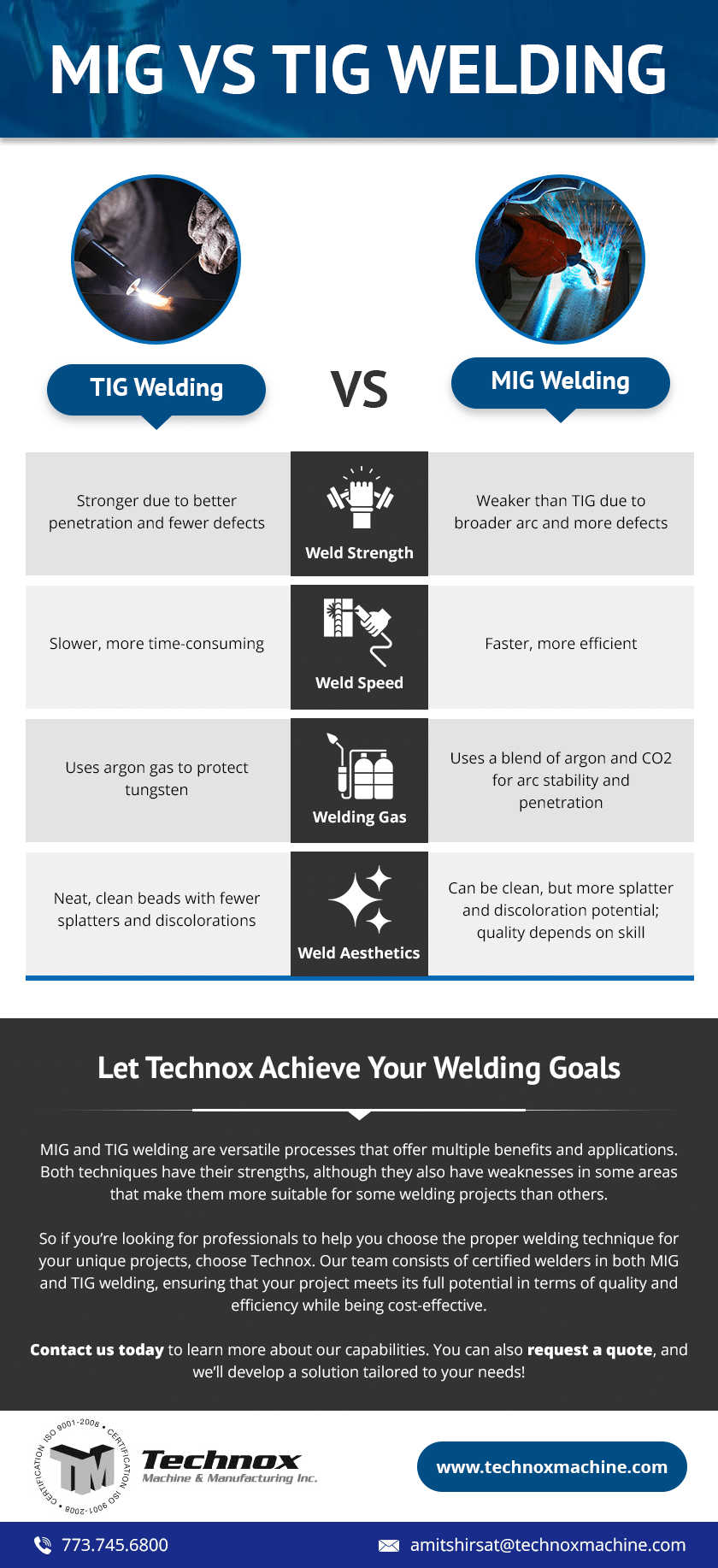Welding is a popular manufacturing process that uses heat and filler material to bond materials. While several different welding methods are available, two of the most versatile and precise techniques for joining metals are Metal Inert Gas (MIG) welding and Tungsten Inert Gas (TIG) welding. Though both utilize an inert shielding gas and externally supplied filler material to join base metals, MIG and TIG welding differ in key application areas such as workpiece thickness capabilities, quality of welds produced, and operator skill requirements.
Let’s explore the fundamentals of MIG and TIG welding, its advantages and limitations, and differences in weld characteristics where one process may be preferred. With a deep understanding of these welding methods, you can confidently select the optimal solution for your specific application needs and production goals.
What’s the MIG Welding Process?
The MIG welding method utilizes a semi-automatic or fully automatic arc and a continuous, consumable wire electrode to produce the weld. A shielding gas is also essential as it protects the weld, promotes weld penetration, and reduces weld bead porosity. The shielding gas is commonly a mixture of 75% argon and 25% CO2, though several variables and metals require different mixtures.
The process starts with the wire electrode and shielding gas being fed through the welding gun or torch. Remember, the wire diameter and composition will vary depending on the joint configuration, part thickness, and types of metal being joined. Furthermore, the wire feed speed (WFS) settings determine the pace and the amount of the wire being fed.
MIG welding benefits:
- Good for thicker metals
- Less complex
- Lower overall costs
What Happens During the TIG Welding Process?
The TIG welding technique also incorporates an arc. However, it uses a non-consumable tungsten electrode and a separate filler material to create the weld. The filler is mostly a rod manually fed into the weld pool. It means both hands are used during this process, one for the tungsten electrode and the other for the filler material.
The shielding gas mixture is 100% argon. CO2 isn’t utilized in TIG welding because of its reactive properties that cause tungsten oxide formation. Tungsten oxide breaks down the tungsten electrode, which contaminates the weld.
TIG welding benefits:
- Joins a wide variety of small and thin metals
- Greater control over the welding operation
- TIG welds are precise and more robust
MIG vs TIG Welding Distinctions
The differences between MIG and TIG welding don’t stop there. Many other factors differentiate their weld characteristics. Below is a breakdown of these distinctions:
- Weld strength: TIG welds are stronger than welds produced through MIG. It’s mainly due to the narrow arc used in TIG welding that’s better at penetrating the metal. In addition, TIG beads have fewer defects than MIG beads, so the joints are more resilient.
- Weld speed: MIG welding is faster than TIG welding, which is why the latter is more expensive. Since welders must use two hands to operate the TIG process, it’s more time-consuming than MIG welding.
- Welding gas: TIG welding uses argon gas to prevent tungsten deterioration. Meanwhile, MIG welding uses a blend of argon and CO2 because carbon dioxide stabilizes the arc and provides better penetration.
- Weld aesthetics: TIG beads are professional and good-looking because there are fewer splatters and discolorations, which can be solved with light polishing. However, it doesn’t mean that MIG welds are ugly because a good welder can produce beads that match the project’s requirements.
Let Technox Achieve Your Welding Goals
MIG and TIG welding are versatile processes that offer multiple benefits and applications. Both techniques have their strengths, although they also have weaknesses in some areas that make them more suitable for some welding projects than others.
So if you’re looking for professionals to help you choose the proper welding technique for your unique projects, choose Technox. Our team consists of certified welders in both MIG and TIG welding, ensuring that your project meets its full potential in terms of quality and efficiency while being cost-effective.
Contact us today to learn more about our capabilities. You can also request a quote, and we’ll develop a solution tailored to your needs!






